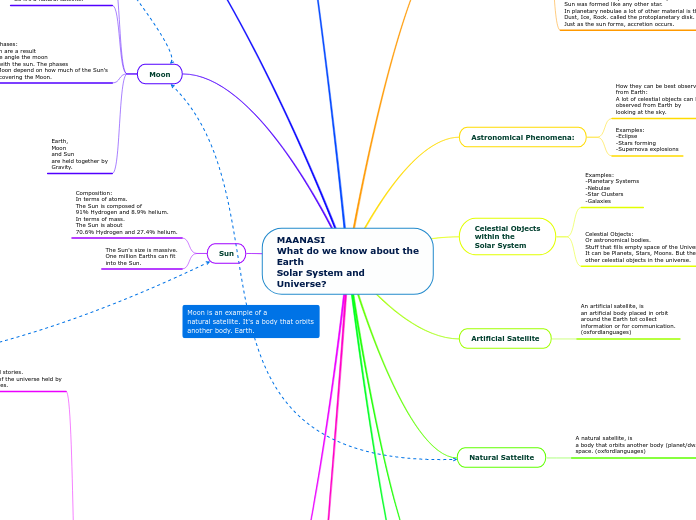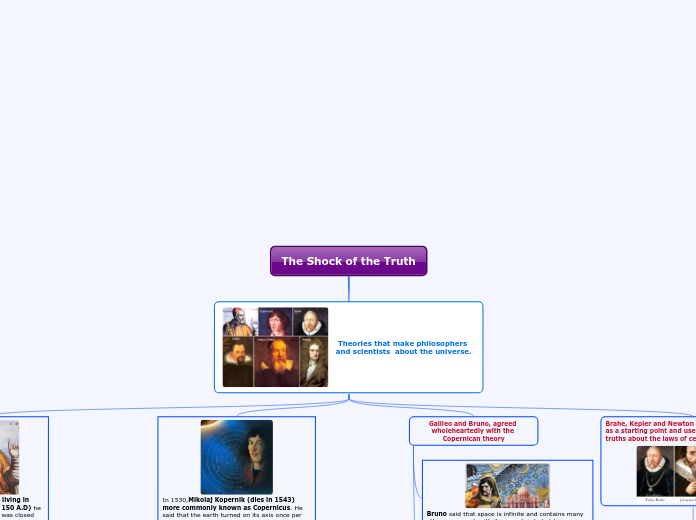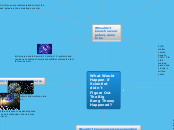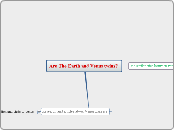by MAANASI YASOTHARAN 1 year ago
262
MAANASI What do we know about the Earth Solar System and Universe?
Our Solar System comprises the Sun, eight planets, and numerous celestial objects, with Earth being the third planet from the Sun and the only one known to support life. The Moon, Earth'









